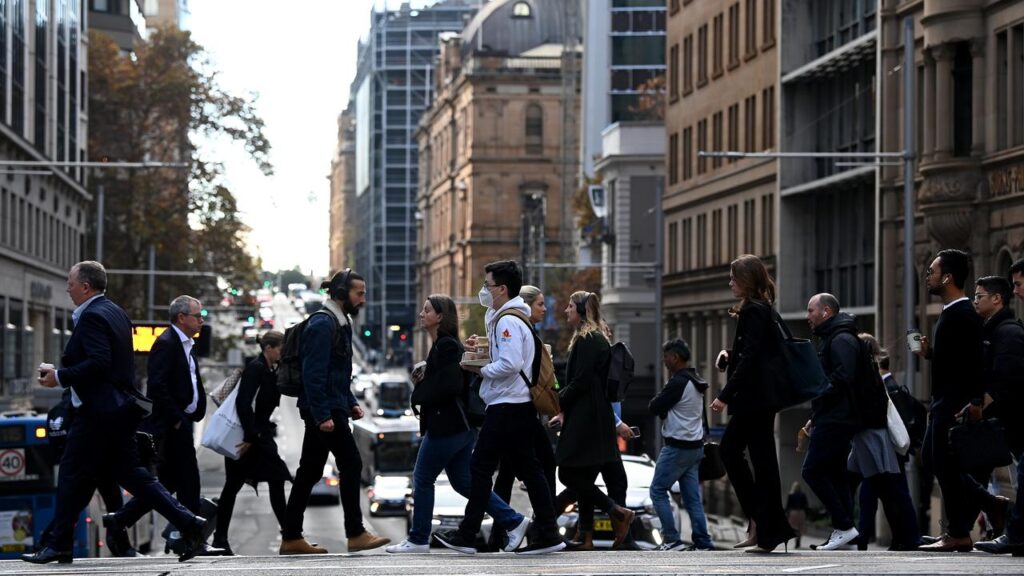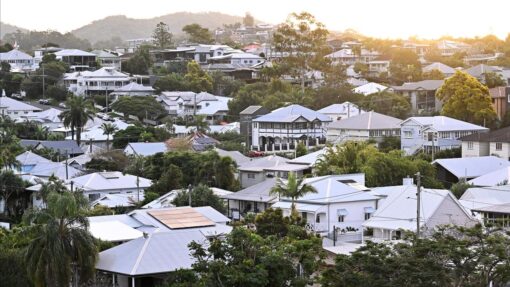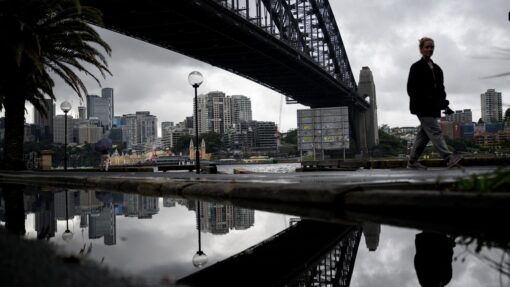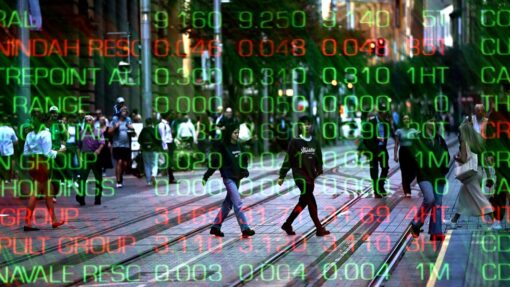Rates cut back in the works as jobless figure spikes
Andrew Brown |

A shock jump in Australia’s unemployment rate has increased pressure on the Reserve Bank to cut interest rates at its next meeting.
Labour force figures showed unemployment rising from 4.2 per cent to 4.5 per cent in September, according to the Australian Bureau of Statistics.
The higher jobless rate meant homeowners could get a mortgage reprieve soon, NAB senior markets economist Taylor Nugent said.
“Today’s outcome clearly makes a November cut a higher probability than would have been the case had today’s number been near our and consensus expectations,” he said.
“We continue to expect a hold as the RBA awaits more clarity on the outlook given the inherent month-to-month volatility.”

The result defied market predictions with economists tipping the jobless rate to remain steady.
The September figure is the highest since November 2021.
Unemployment rose by 34,000 during the month, with the number employed rising by 15,000.
“As a result of these increases, the participation rate rose by 0.1 percentage points to 67 per cent, although this is below the record high of 67.2 per cent we saw at the beginning of the year,” head of labour statistics Sean Crick said.
Full-time employment has risen by 9000 for the month, which came from a rise of 23,000 men in full-time roles.

The number of women in full-time roles dropped by 15,000, while hours worked rose by 0.5 per cent in September.
The labour force figures will be a crucial indicator for the Reserve Bank on whether to further cut interest rates from 3.6 per cent when it next meets on November 4, which is Melbourne Cup day.
The unemployment rate was still low considering the global economic conditions, Treasurer Jim Chalmers said.
“Nobody wants to see the unemployment rate tick up, but unemployment is still low, participation is high and 15,000 jobs were created last month,” he said.
“That combination is one of our best defences against the difficult circumstances we confront.”

EY chief economist Cherelle Murphy said upcoming inflation figures would give the Reserve Bank the picture it needed before making a decision on interest rates.
“Today’s data suggest that the labour market may be just slightly weaker than the Reserve Bank had expected,” she said.
“Job vacancies remain elevated, with the number of unemployed people for each job vacancy at 2.0 in August, well below the long-run average.”
Before the release of the unemployment numbers, Reserve Bank governor Michele Bullock said employment was a little bit “tight”, which broadly meant there were more jobs than available workers.
But it was evening out, she told the Nomura Research Forum in Washington DC, while pointing to an ongoing moderation in inflationary pressures in the Australian economy.

“We look at a lot of different indicators of the labour market, so those two things (inflation and employment) suggest to us that maybe it’s a little tight but it’s close to balance,” she said.
Shadow treasurer Ted O’Brien said the rise in unemployment would mean a hit to the government’s bottom line.
“When Labor spends, it’s everyday Australians who pay the price,” he said.
“Jim Chalmers has his foot on the accelerator while Michelle Bullock has her foot on the brake.”
AAP


